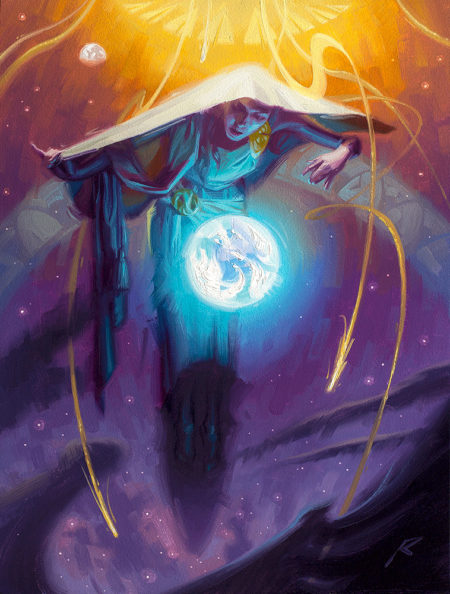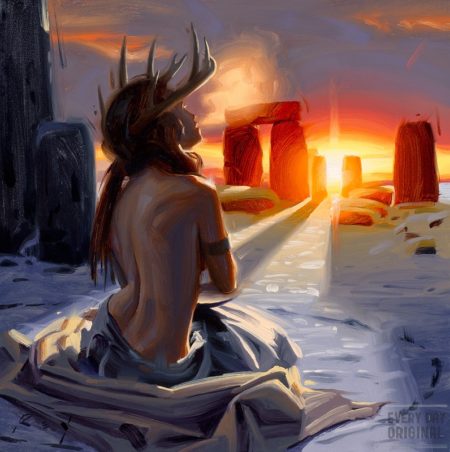This month we had a chance to catch up with one of Every Day Original’s original team member, and consistent sell-outs. His work sells out, he makes no compromises. You know what we meant.
Rob is a painter and illustrator whose work focuses on mythology, folklore, and the cosmos. He consistently creates stellar best-selling work for Every Day Original, and has some deep views on making work and learning as play.
Find out even more at his website.

1. Tell us a little bit about growing up near Chicago. Was art a part of your childhood or something you developed later? Was there any childhood inspiration that you carry with you today?
I always feel like I’m supposed to say I was born with a pencil in my hand, but it’s really not the case. Sure, I did some crayon drawings as a kid, but my family is not artistic. I started getting into art in a serious way in high school. I wasn’t particularly encouraged to make art into a career so it was a leap I made when college application time came around. I did do a lot of camping, hiking, and road trips when I was a kid and I think this helped to foster my appreciation for the beauty of the natural world, which in turn helped lead me to oil painting. I took a year off after high school to hike the Appalachian Trail. I got over halfway (Maine to West Virginia) before I had to stop because of a broken (stress fractured) foot.
2. Did you go to school to hone your artmaking? Did you graduate in the field you went to study? Do you work now in the field from which you graduated?
I’m not sure I knew why, specifically, I went to art school. I was considering architecture because it seemed practical or graphic design because I didn’t know there was a difference between that and illustration. Let’s just say I had a lot to learn, but I figured out at one point that, personally, I needed to learn to paint in oil. So I went into illustration at the Rhode Island School of Design and got hooked. Now I’m both an illustrator and a gallery artist.
3. People often ask me what kind of work we look for at Every Day Original. Just as often, I point to your work. These aren’t simply studies, they are small finished works, polished both technically and narratively. When you approach a small work, how does this differ from a larger piece, if at all? Do you have a clear idea of when to put the brushes down and call it done?
Well, thanks! While I know my EDO works are more polished than what most people think of as a study, that is still what I consider them to be. I often think of the numerous studies of J.C. Leyendecker and how he would work out so many aspects of his picture in studies, including much of his brushwork, so that when he painted his final picture he could then take it a step further. Leyendecker never intended to sell his studies so he didn’t usually finish off the edges, but if I’m going to do a study I don’t mind putting in a little extra time to make it a worthwhile miniature. Because of this, my process doesn’t differ much moving from small to large. In any size, my process is fairly well planned and the studies are one step in that process. I prefer the look of alla prima (first pass) painting, so in order to get it right the first time I have to plan out as much as possible. If my planning is successful then I won’t have to go back and fix things with a second layer, but I will paint a second layer if I have to.
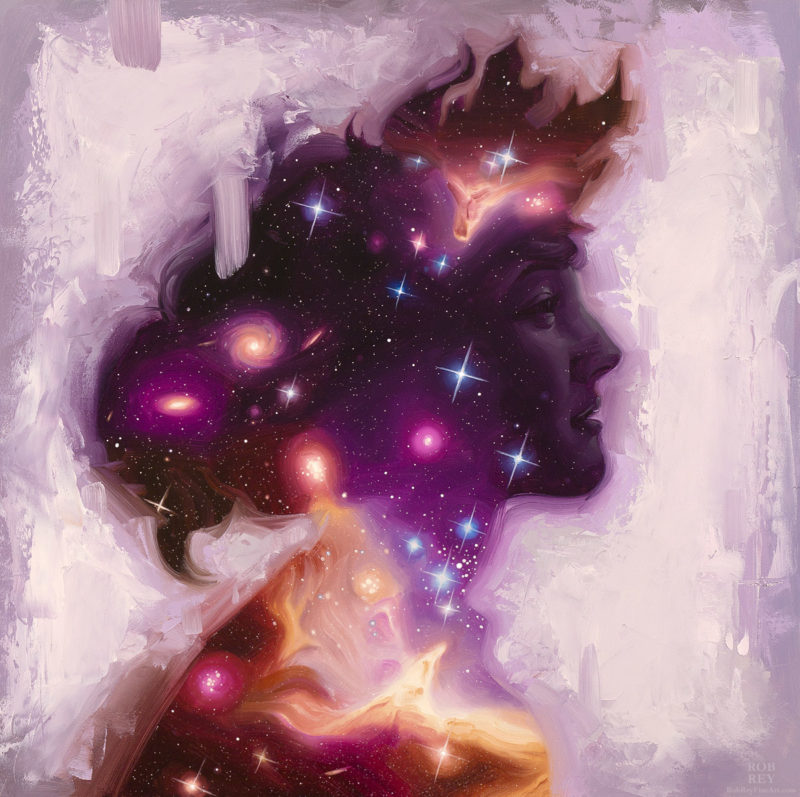 4. Jane McGonigal, noted game/social scientist/researcher/designer, in her TED talks and book “Reality Is Broken” she talks about “fiero.” In her words, “Fiero is what we feel after we triumph over adversity. You know it when you feel it – and when you see it. That’s because we almost all express fiero in exactly the same way: we throw our arms over our head and yell.” Now, I know you to be fairly reserved in demeanor, polite and well-spoken. What, on this earth, gives you that feeling of fiero such that you stand up and yell (or want to)?
4. Jane McGonigal, noted game/social scientist/researcher/designer, in her TED talks and book “Reality Is Broken” she talks about “fiero.” In her words, “Fiero is what we feel after we triumph over adversity. You know it when you feel it – and when you see it. That’s because we almost all express fiero in exactly the same way: we throw our arms over our head and yell.” Now, I know you to be fairly reserved in demeanor, polite and well-spoken. What, on this earth, gives you that feeling of fiero such that you stand up and yell (or want to)?
Ha, I never feel as reserved as I seem to come off. Painting certainly provides plenty of these moments. When an area glows just right or I find the right descriptive brush mark for a specific passage I am known (only to myself) to hold my mahl stick over head with two hands and howl at my easel like a Tatooine sand person. This is the cultural reference that an adolescence drenched in Star Wars has left me to be reminded of when I have those hands-over-head moments. But, as a lover of life, I often get a similar feeling when I see the setting sun falling across towering cumulous clouds or when I feel a perfect summer breeze. These moments may not be triumph over adversity, but they are worthy of hands-over-head celebration none the less. The sand person only seems to come out in studio though, I guess I am reserved.
5. Could you tell us more about your process as a painter? What are some of your favorite parts, and parts that you could do without?
The act of pushing oily mud around on a surface is probably, unsurprisingly, my favorite part. Seeing something come to life is great, but every part of the process is important. I start, as most of the illustrators I know do, with thumbnail sketches and plenty of other idea generating scribbles in my sketchbook. A thumbnail I like gets worked up in a larger sketch and I gather reference materials. Using my gathered reference, my sketch is then refined on successive layers of transparent vellum paper until I’m happy with the result. Each layer pulling forward the best parts of the last and continuing to develop the areas that still need work. Then I scan the sketch and make a rough digital study in Photoshop to work out value and color. There really is no match for digital when it comes to the ability to try things out and change colors quickly. Next, I transfer the sketch to a small board which will become my oil study. This is where I work out what pigments I’m going to use and how I might lay down my brushwork. Then the sketch is transferred again to a larger board where I will paint my final image, informed by all of the previous steps.
6. You’re a fixture at Illuxcon, and yet you now focus more on gallery/fine art work. What caused you to look in this direction? How would you advise someone looking to move from illustration to gallery work?
I do what works. My career direction has developed somewhat organically since graduating from school. Rather than immediately trying to get illustration jobs with my mediocre school portfolio, I lived on the cheap, got a part time job at a frame shop to pay the bills and spent all the rest of my time producing new personal pieces for my portfolio. Yet, I was very slow and too precious with each new piece to take many risks. I still had a lot to learn and there were few places to do it before IMC, Illuxcon, and other such events existed. So, even with a decent work ethic, my portfolio grew slowly. A year or two after graduation I began attending a weekly life painting portrait group. This really loosened me up and gave me the room I needed to experiment with and hone my painting skills. My drawing skills also needed a lot of work, but while living on a budget it was hard to afford too many life painting/drawing groups per week, so instead I became a regular tea drinker at a local coffee shop and spent every other night drawing people drinking lattes and staring at their laptop screens.
I always intended to do more marketing of myself as an illustrator once my work got to a consistently publishable quality. Yet somehow it has always seemed more important (and more fulfilling) to just produce my next painting idea and make it better than the last. This strategy left me with a lot of personal work laying around but no income. For many years, I was consistently getting rejected from Spectrum, and all of the portraits I was painting were starting to stack up. So I began to look for other competitions to enter where some of my work might be seen. I started to participate in fine art competitions like the Oil Painters of America, Portrait Society of America, Oil and Acrylic Painter’s Society, the American Impressionist Society, and the Art Renewal Center. I was expecting the same rejection I faced with Spectrum so I was amazed to suddenly be getting accepted and receiving awards. I do illustration work when it comes along, but lately gallery work has been offering me more opportunities.
As far as advice goes, I think it’s just about finding the right fit. Get to know what each industry is looking for and try the one that fits best. If nothing fits, see if you can forge a new path. Things are changing all the time. But for anyone thinking that galleries will offer complete freedom of subject matter, it’s not necessarily the case. For one thing, figures are a difficult subject matter to sell and there are comparatively few galleries that carry figure paintings.
7. How do you navigate being a fine artist and an illustrator? Is there synergy between the two fields, do they work together or create dissonance?
My primary interest in art has always been in figures. I’ve never minded what context these figures exist in so long as I’m able to make them richly emotional and narrative, which I find to be crucial to my happiness with them. But left to my own devices, these contexts have always been somewhere between the high fantasy of most publishing work and the from-life, non-fiction recording typically found in traditionally focused fine art galleries and markets. I like myth, allegory, and a strange or unexpected twist brought to an old theme, but I was having trouble finding a way to market these ideas. For a while, I began to make two portfolios that catered to each end of my interests, high fantasy and non-fiction. But I think things are beginning to change in the art world. Perhaps because of forces like Illuxcon and the imaginative category at the Art Renewal Center, perhaps there are larger cultural forces, but I think the mild fantasy that I like best is becoming more accepted in both of the areas where I was splitting my time and work before.
8. One of the challenges we face as artists is in keeping things fresh. We don’t want the market to get tired of us. Do you agree? If you do, then how do you find new ideas and how do you decide which ones to pursue?
One of my greatest obstacles/assets as an artist is that I’m not content to just make pretty pictures. Not because I’m afraid people would get tired of them, but because I want to be able to look back and feel like I did something that made a difference in some way, or at least that I tried to. There’s nothing wrong with pretty-pictures for their own sake. Most of the images that I love, as well as many of the paintings that I make, could fall into this category, but I’ve always had a strong desire to do good and make a positive impact on the world. So, to truly be happy with my body of work it has to be saying something, whether that something be educational, inspiring, or relevant to current events and topics. This pursuit has slowed me down a lot over the years. It takes me a long time to come up with concepts that I think have a good message, but I feel better about my work in the end and I hope this contributes to people’s interest in my art.
9. You pull a lot from myths and folklore into your work. Is there an end goal for you with this? What do you hope to accomplish?
I do take great interest in the myths that have captivated humanity throughout our history and that shape our behavior even today. I try to understand their origins and how the myths have evolved over time, shaped by what their proponents both did, and did not know during each passing age. While I find the mystery and poetry of mythology inspiring in a way that I suspect is inseparable from humanity, I think that the popular mythologies of today are outdated and doing us more harm than good. To this end, I want my work to pursue the question of “what is the mythology of today and the future?” Or in other words, “in what way do we as humans poetically relate to the universe that we find ourselves in?”
10. Do you have an alter ego? Tell us more, or make one up.
I spend a lot of my non-painting time trying to learn new things. I like learning about everything, but especially anything relevant to how to make a positive impact on the world. We are so lucky to have the internet available to us and I try to make full use of it. I read articles, watch lectures, TED talks, videos and documentaries. I try to keep up on the latest renewable energy technologies, efforts to alleviate poverty, studies on sociology and economics, particle physics, history and as I said before, humanity’s various mythical traditions. I’m certainly not an expert in any of these topics, but I like to stay informed to the best of my abilities, and when I can, pass on information that might cut through the everyday gridlock of black vs white.
11. You’ve described your primary hobby as learning. How does learning and researching play into how you create images?
Since I want my work to make some positive impact, staying informed on a range of topics is important to help me figure out what I want my paintings to say. Translating what I learn into pictures, particularly into interesting pictures that I want to make, is a difficult and slow task, but it feels important to me. I often feel incredibly limited in what I can do and the impact my paintings could ever have, but it would be worse to not try.
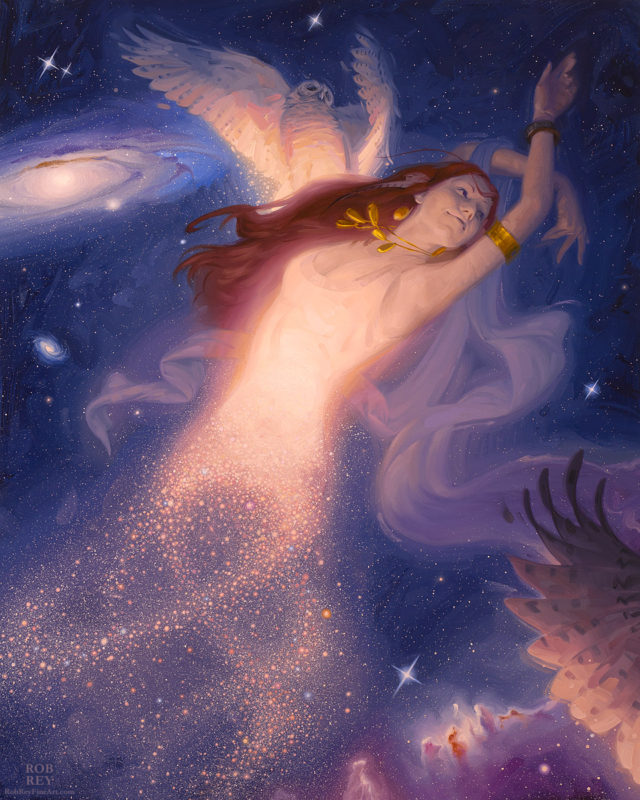 12. You have an incredible work ethic. There’s this romanticized idea of the fine artist/illustrator working around the clock year-round eschewing social contact and just creating creating creating. However, there’s plenty of research showing the important of breaks, even short ones to move around, go for a walk, see the sun. What’s a typical work day for you? What kinds of things do you do to rest the mind and brushes?
12. You have an incredible work ethic. There’s this romanticized idea of the fine artist/illustrator working around the clock year-round eschewing social contact and just creating creating creating. However, there’s plenty of research showing the important of breaks, even short ones to move around, go for a walk, see the sun. What’s a typical work day for you? What kinds of things do you do to rest the mind and brushes?
Well, my work ethic isn’t always stellar. I don’t want anyone to be comparing their insides to my outsides. It may make it sound like I’m working more when I’m trying to learn things in my spare time, since some people might consider that work, but it’s what I enjoy. The fact about trying to learn things on the internet is that there are plenty of distractions and I’m certainly not immune to the gravitational pull of cat videos. These distractions do provide some quick breaks, but I make an effort to take plenty of walks too. If I have time, I’ll spend an evening sketching at a coffee shop or an afternoon exploring a nearby park or preserve. Above all, seeing good friends on somewhat regular basis keeps me mentally prepared for what’s ahead.
13. You have firmly established yourself on Every Day Original, with both your content and ability to sell work. Can you tell us more about your process, when it comes to making a piece for everydayoriginal?
More about my process, um… Paint isn’t always opaque enough to cover in one pass, so I often lay down a few thin washes of acrylic on my board before I begin with oil to get the values closer to where they eventually need to be. Usually, anything but the thickest of strokes isn’t as opaque as one might assume, so it helps to have some kind of an imprimatura layer, even if it’s thin. As I said before, my process is fairly similar whether I’m working large or small. All that really changes is the brush size and how much information I have to work from (whether I already have a study done or not).
14. What are you looking forward to most in your career within the next year or so? anything we should look out for in the future?
I’m excited to continue fleshing out and adding to my astronomy series, which I feel is accomplishing some of my long term goals. But I’m also really enjoying the mermaid series, which is liberating because I’m allowing myself to make some of those just-pretty-pictures that I haven’t allowed myself to make in the past. I do have a large and exciting commission in the works for 2017 but I’m still in the idea stage for that one, so there’s not much I can reveal about it yet.
15. Any last thoughts?
Ever wonder who named the planets? …Never stop learning!
ORIGINALS FROM ROB
-

Voyager Passing a Nebula
By Rob Rey $550 $550 Read more -
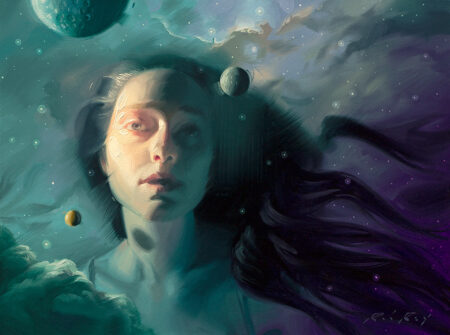
Finding Light
By Rob Rey $525 $525 Read more -
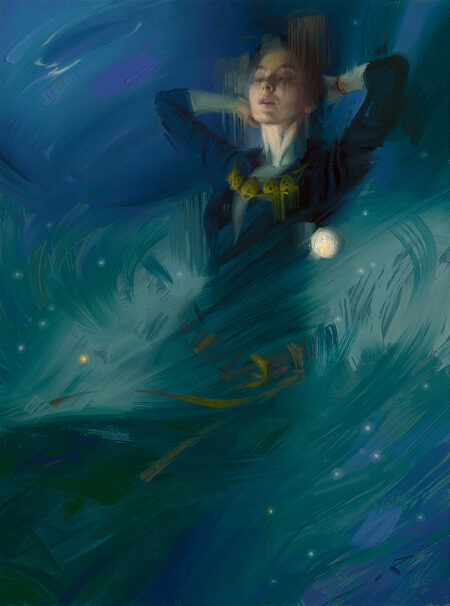
Neptune
By Rob Rey $495 $495 Read more -
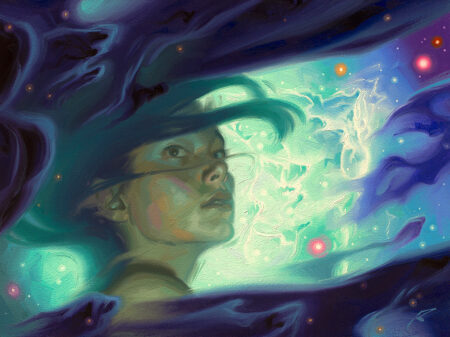
Nebulae
By Rob Rey $495 $495 Read more -
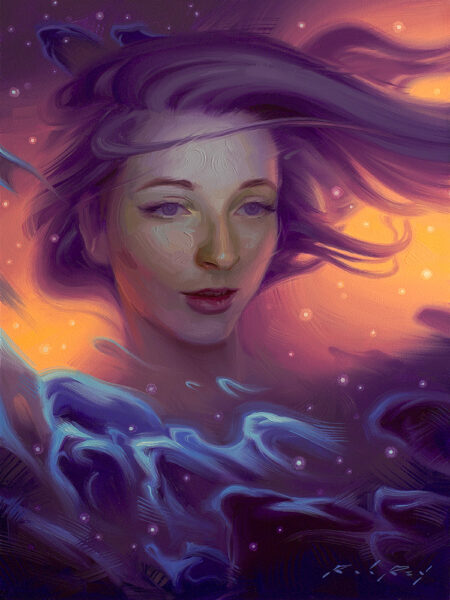
Stardust
By Rob Rey $495 $495 Read more -
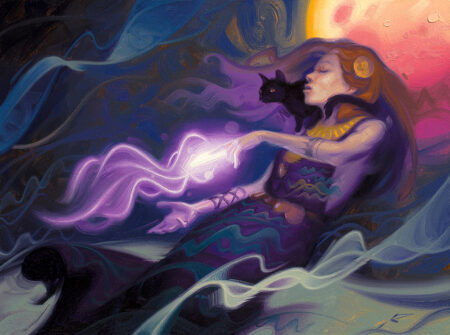
The Magic of Reality
By Rob Rey $495 $495 Read more -

Night Migration
By Rob Rey $475 $475 Read more -

Ephemeral Complexity
By Rob Rey $475 $475 Read more -

Great Mystery
By Rob Rey $475 $475 Read more -
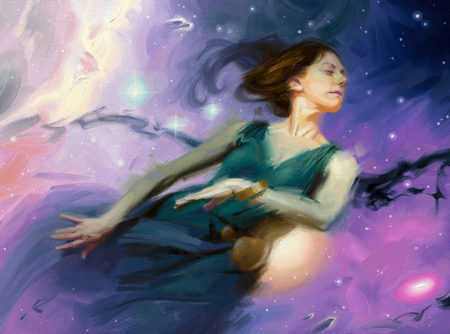
Complexity Rising
By Rob Rey $475 $475 Read more -

A Galaxy Within II
By Rob Rey $475 $475 Read more -
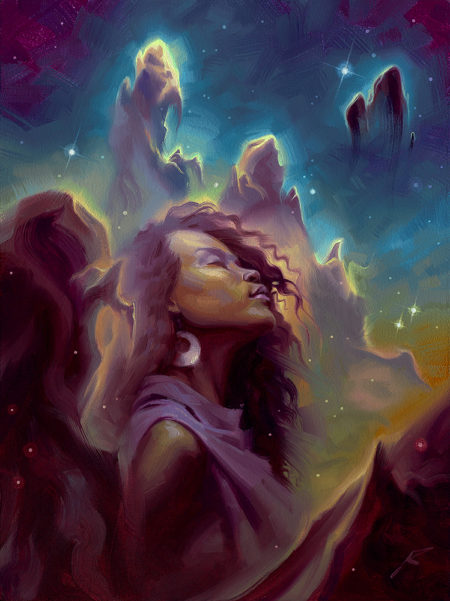
Stardust VII
By Rob Rey $475 $475 Read more -
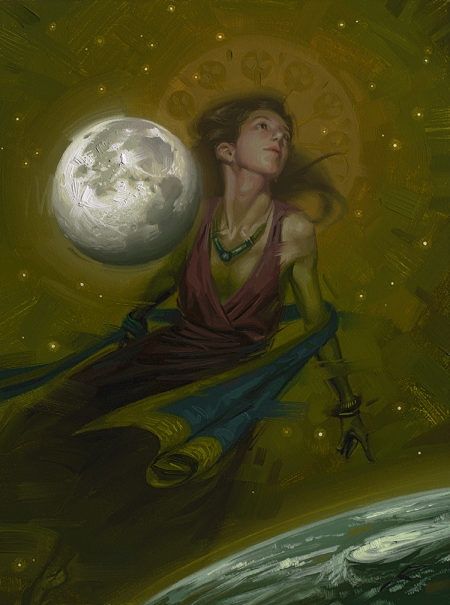
Cosmic Awareness
By Rob Rey $450 $450 Read more -

Study of Nature
By Rob Rey $450 $450 Read more -
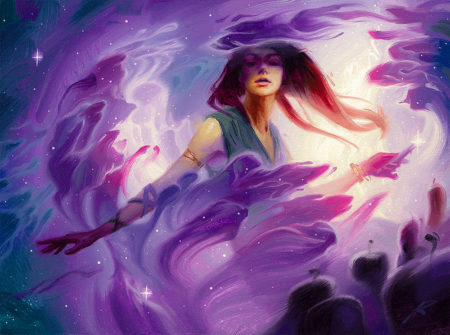
Fusion Lighting the Stars
By Rob Rey $450 $450 Read more -

Oasis
By Rob Rey $450 $450 Read more -

Nebular Nook
By Rob Rey $495 $495 Read more -
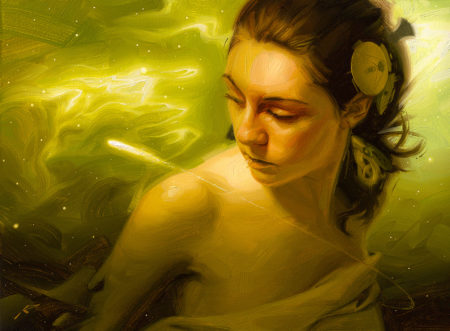
A Glimpse
By Rob Rey $795 $795 Read more -
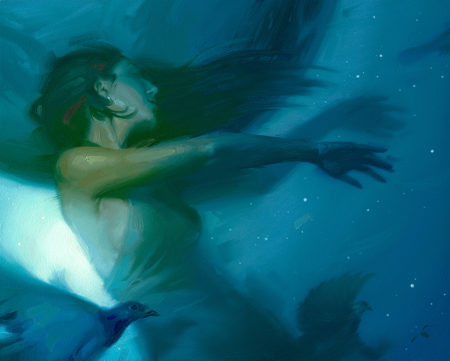
Inertia
By Rob Rey $595 $595 Read more -
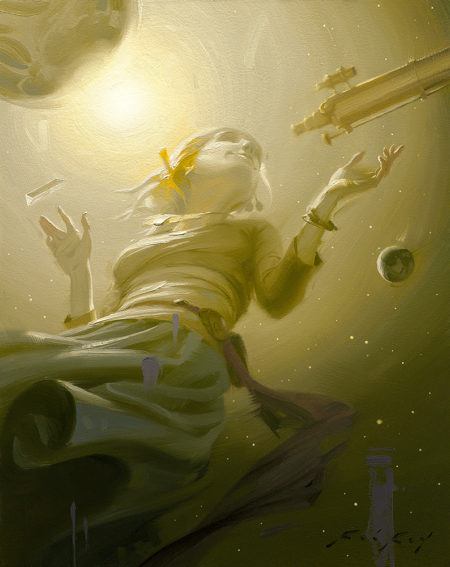
Nullius In Verba
By Rob Rey $595 $595 Read more -
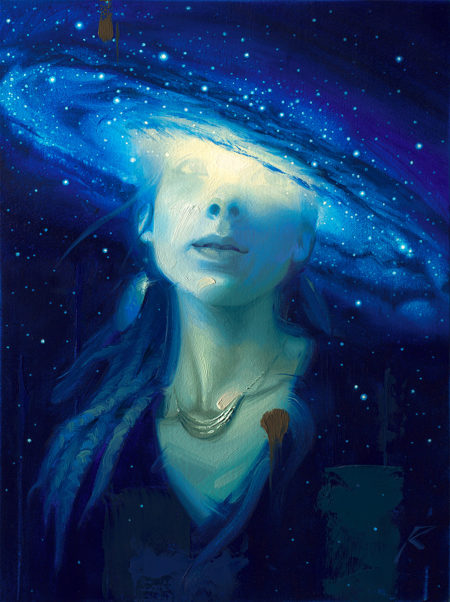
A Galaxy Within
By Rob Rey $395 $395 Read more -
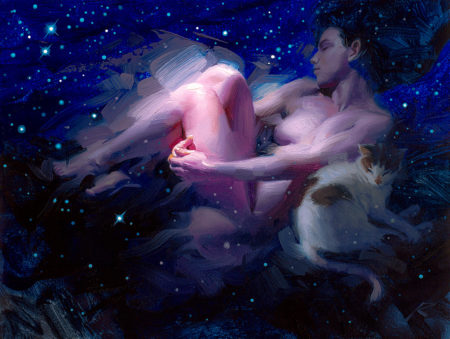
Deep Sleep
By Rob Rey $375 $375 Read more -
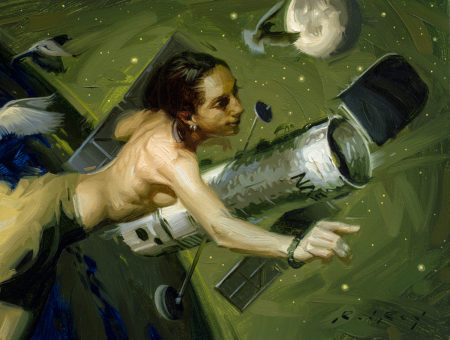
Hubble
By Rob Rey $350 $350 Read more -

Skepticism
By Rob Rey $350 $350 Read more -

Nestled in Nebulae
By Rob Rey $350 $350 Read more -
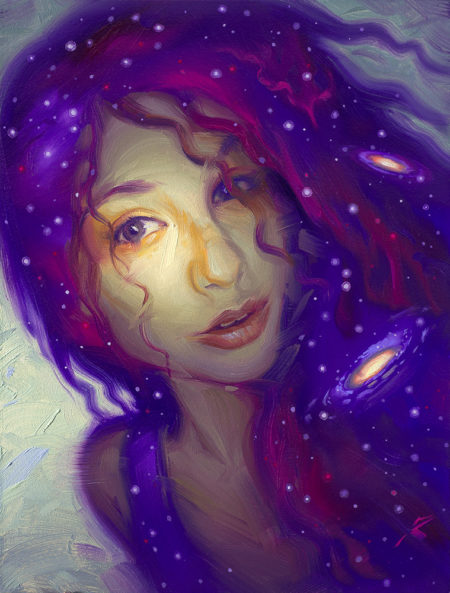
A Tremendous Mess of Waves
By Rob Rey $350 $350 Read more -
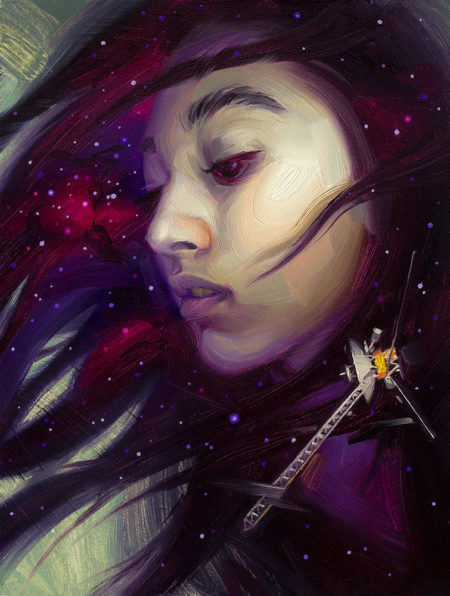
Interstellar Voyager
By Rob Rey $350 $350 Read more -
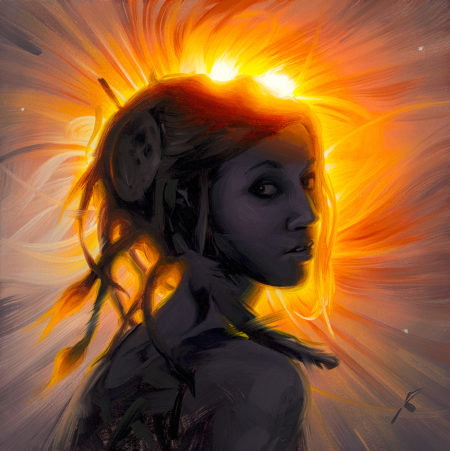
Solar Eclipse
By Rob Rey $350 $350 Read more -

Cassini, Final Observations
By Rob Rey $350 $350 Read more -
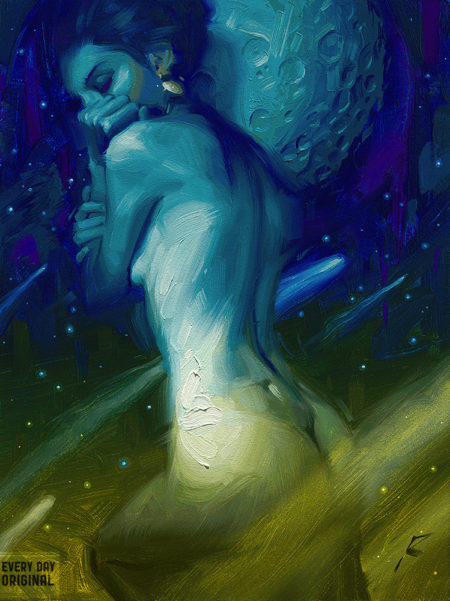
A Safe Distance
By Rob Rey $350 $350 Read more -
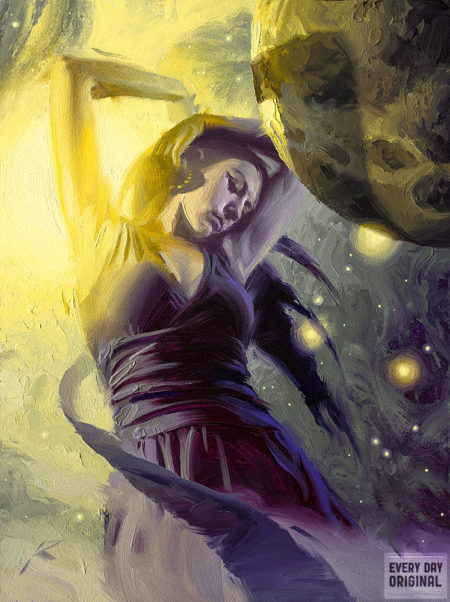
Drift
By Rob Rey $350 $350 Read more -

Stardust
By Rob Rey $325 $325 Read more -
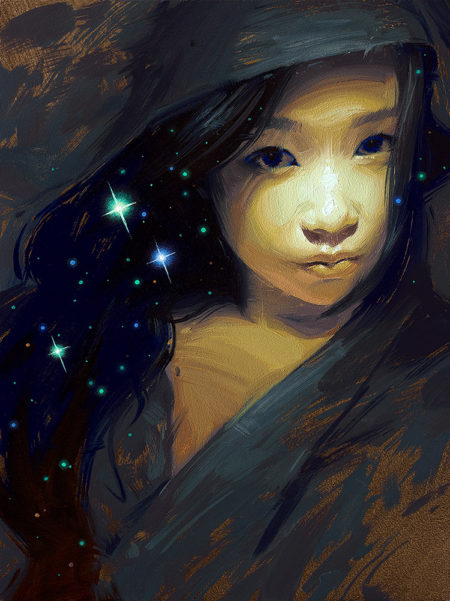
Allegory of Nature
By Rob Rey $325 $325 Read more -
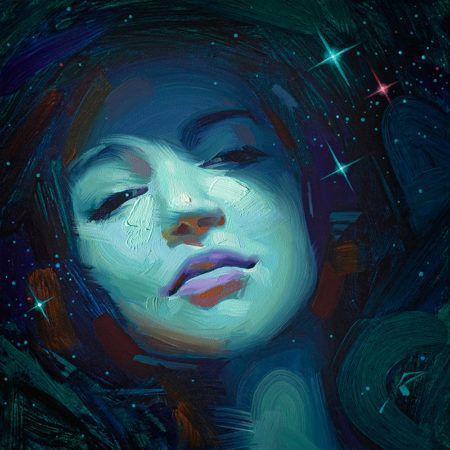
Eclipse
By Rob Rey $275 $275 Read more -

Cosmic Ocean
By Rob Rey $325 $325 Read more -
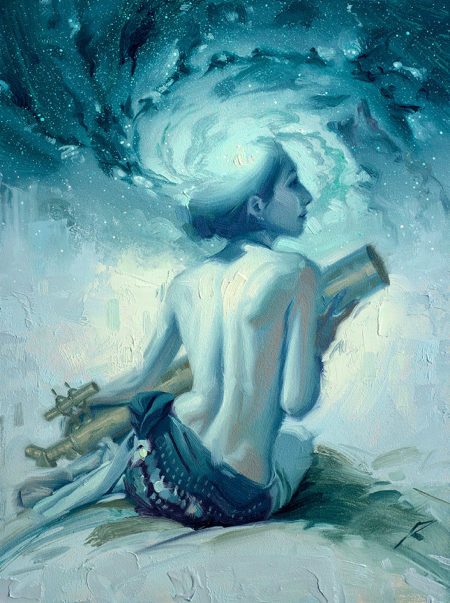
Looking on Light Years
By Rob Rey $325 $325 Read more -
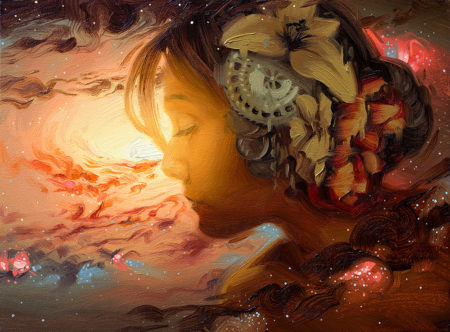
The View From Here
By Rob Rey $325 $325 Read more -
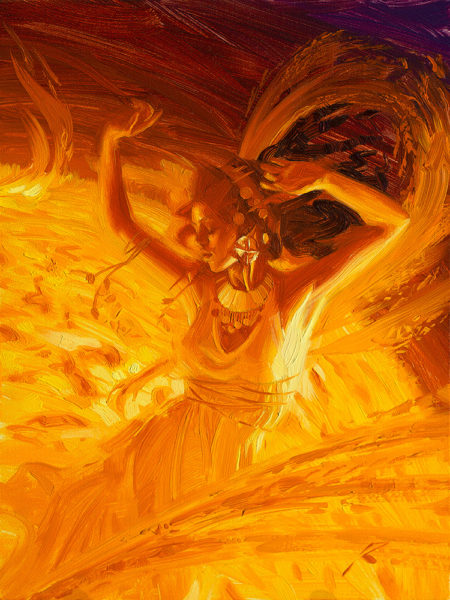
Source
By Rob Rey $325 $325 Read more -
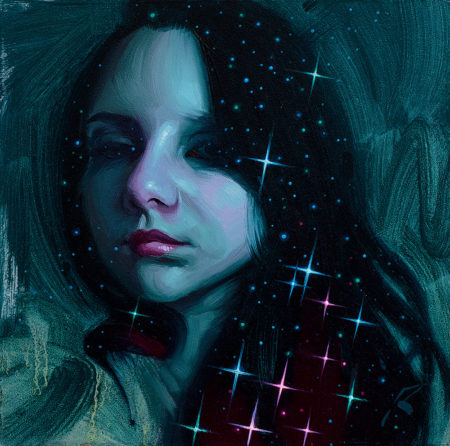
Stardust III
By Rob Rey $275 $275 Read more -

Stardust VI
By Rob Rey $325 $325 Read more -

Dance
By Rob Rey $325 $325 Read more -

Stardust IV
By Rob Rey $325 $325 Read more -
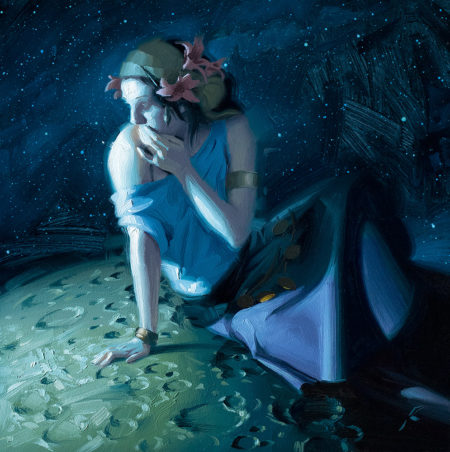
Fathom
By Rob Rey $325 $325 Read more -
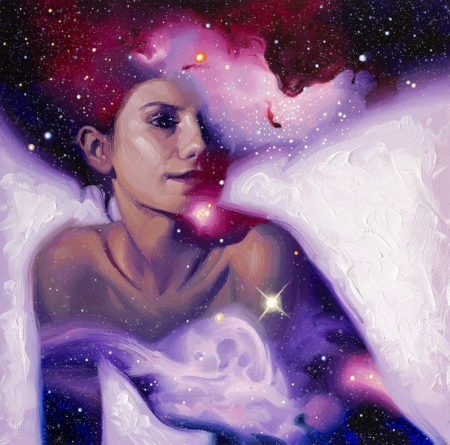
Stardust II
By Rob Rey $325 $325 Read more -
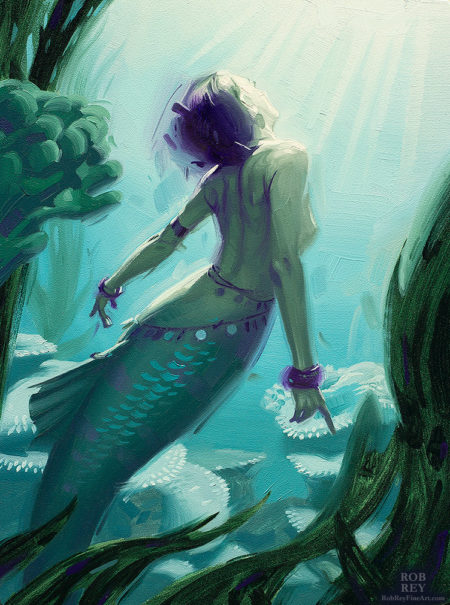
Wonderment
By Rob Rey $325 $325 Read more -
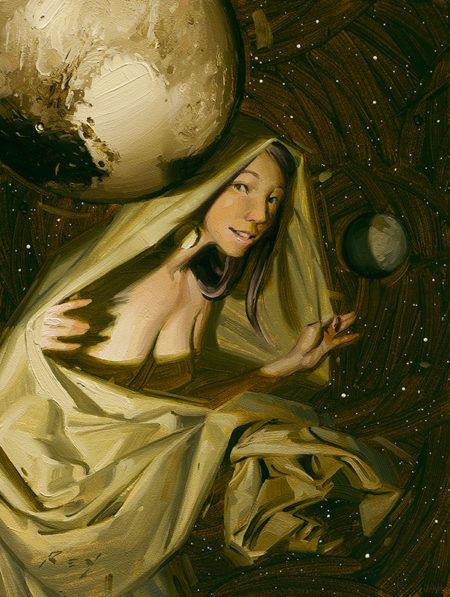
Pluto Unveiled
By Rob Rey $325 $325 Read more -
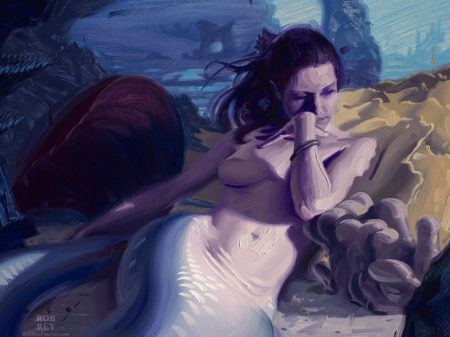
Brooding
By Rob Rey $325 $325 Read more -
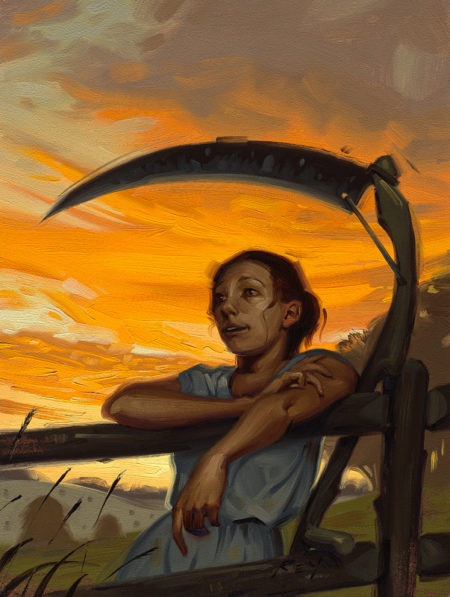
Autumnal Equinox : Last Light
By Rob Rey $325 $325 Read more -
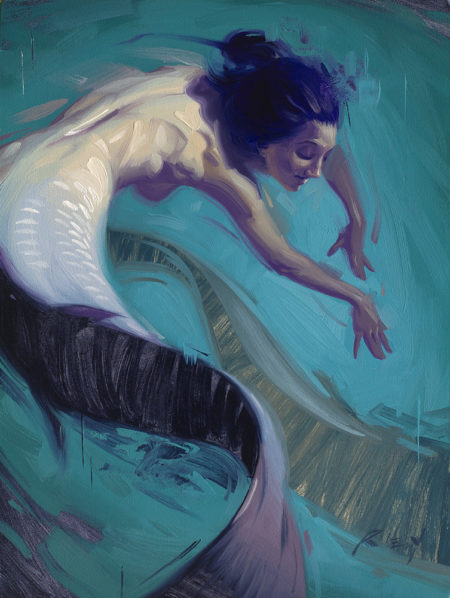
Double Back
By Rob Rey $325 $325 Read more -

Loss at Sea
By Rob Rey $325 $325 Read more -
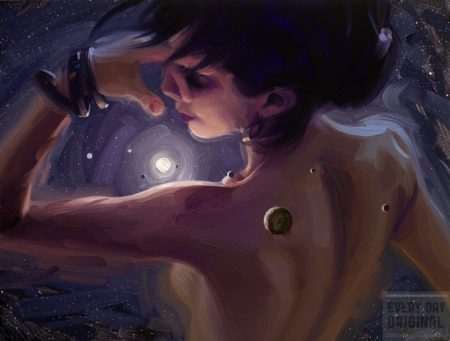
Heliosphere
By Rob Rey $325 $325 Read more -
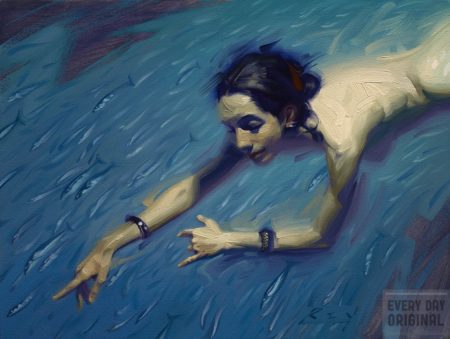
With the Flow
By Rob Rey $295 $295 Read more -
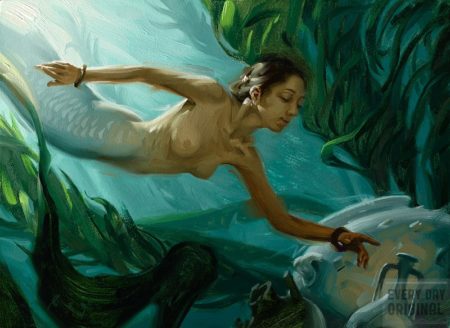
In the Kelp
By Rob Rey $275 $275 Read more -
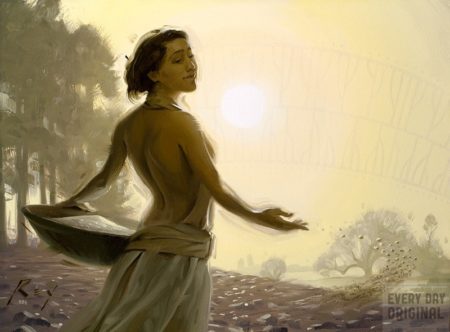
Vernal Equinox : Spring Planting
By Rob Rey $250 $250 Read more -
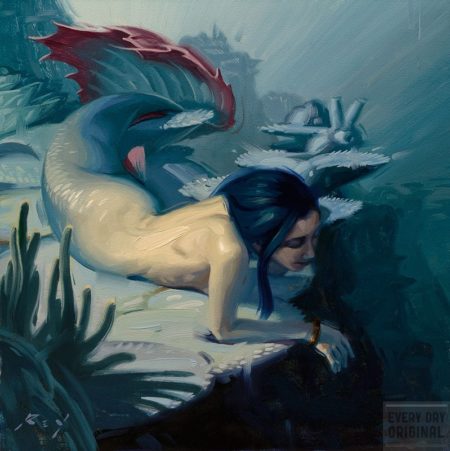
Gazing Into the Deep
By Rob Rey $250 $250 Read more -
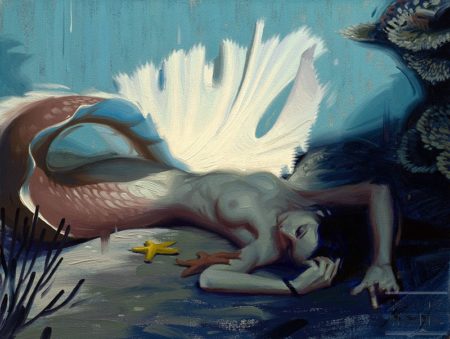
Shadowy Deep III
By Rob Rey $250 $250 Read more -
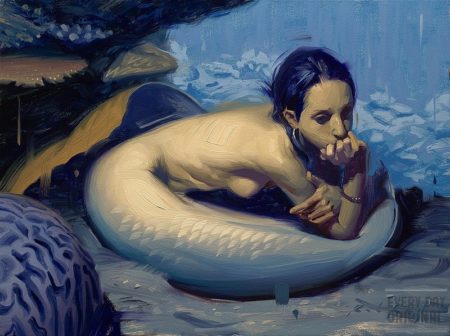
Shadowy Deep II
By Rob Rey $225 $225 Read more
's EDO GALLERY
[fbcomments num=”50″ countmsg=”wonderful comments!”]


